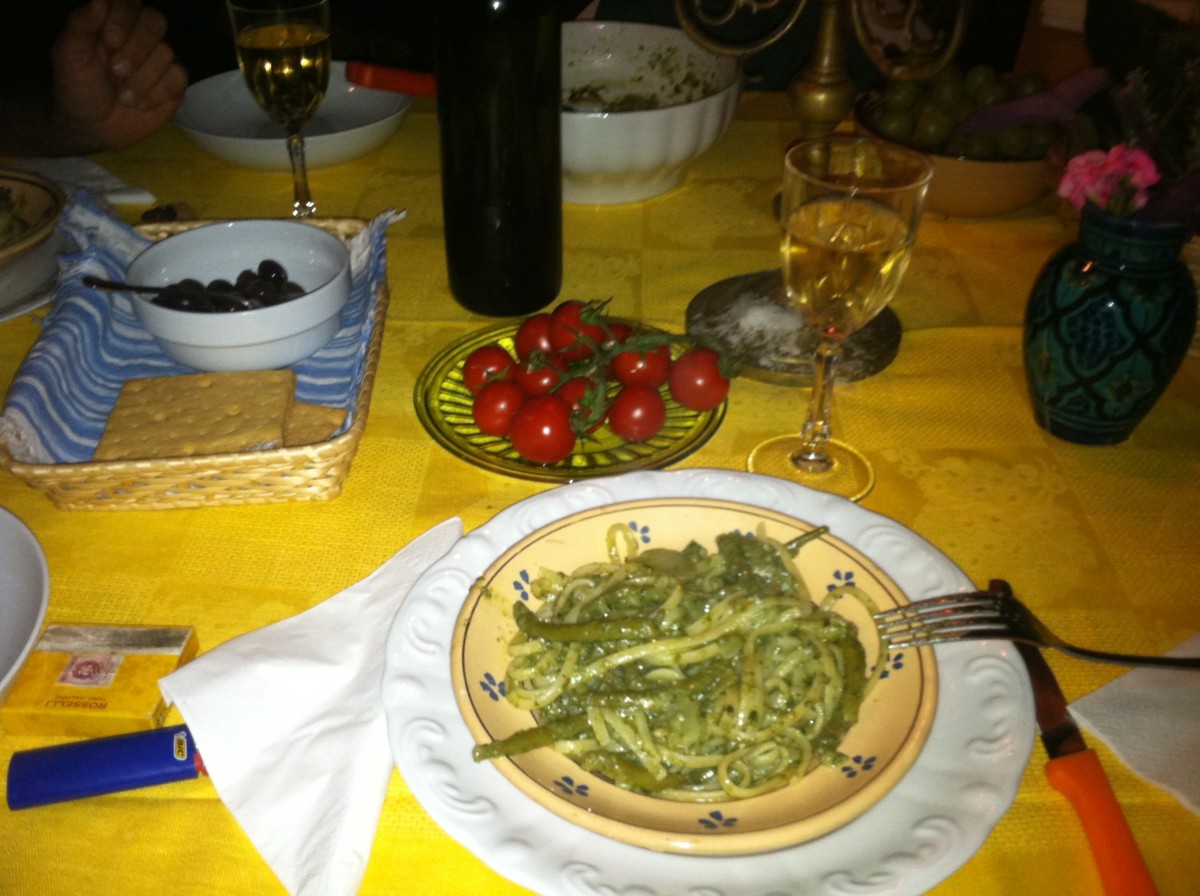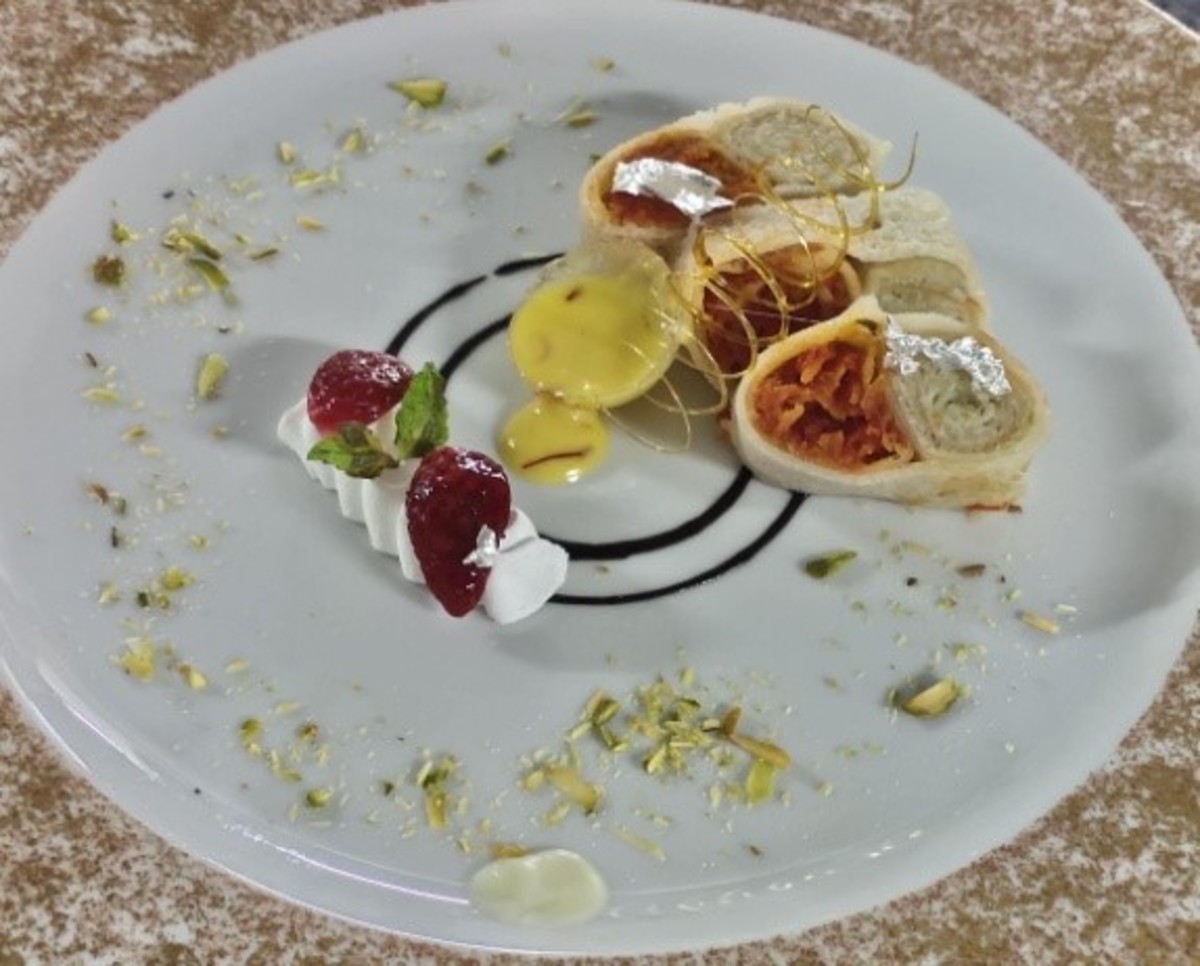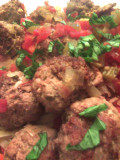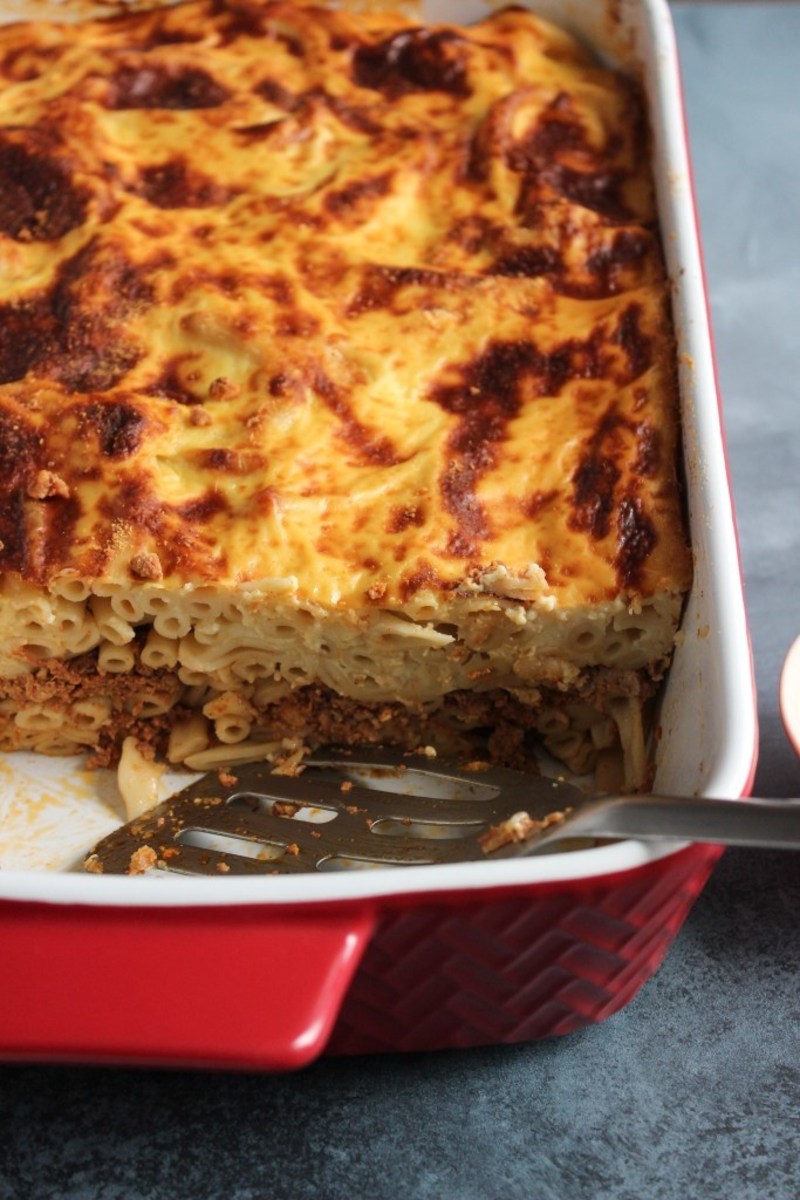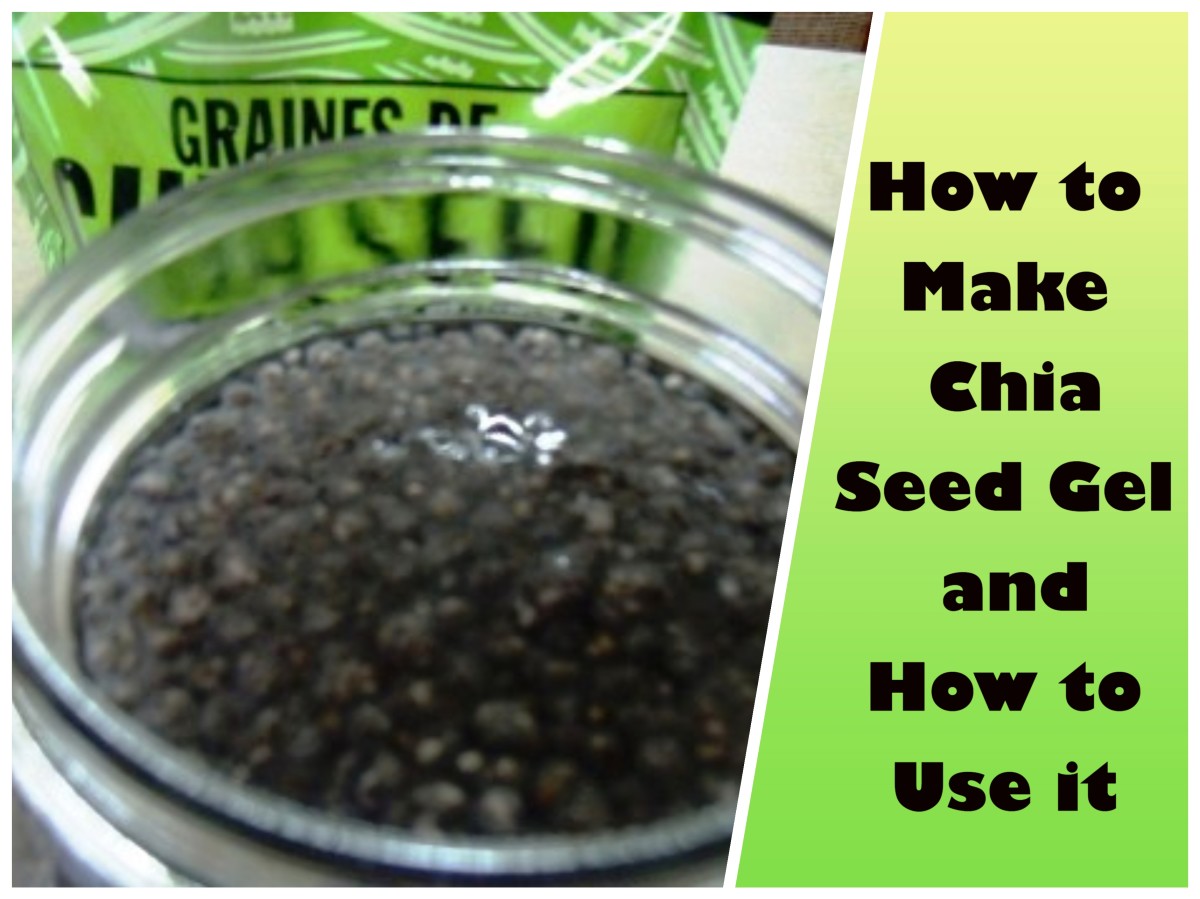How to Use Celery in Cooking
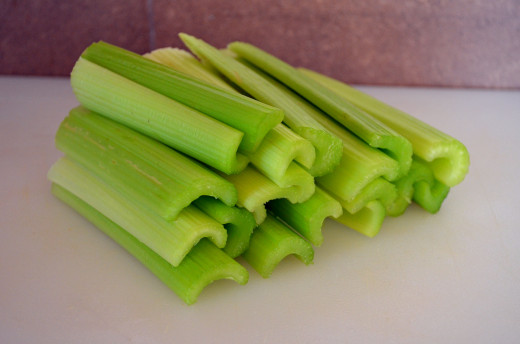
Using Celery in Cooking
Celery is one of those vegetables that adds unobtrusively to just about anything you make with it yet still manages to be a stellar ingredient. Celery is also listed by some top food gurus as one of the super foods.
But what are some ways that you can use celery in everyday cooking?
- Add it to soups, chowders, stews and sauces as part of a mirepoix or flavor punch
- Celery is excellent chunked up in stir fry dishes such as Stir Fried Pork Recipe
- Add it to sandwich spreads like tuna fish salad, egg salad or chicken salad for its added nutritional value and its natural crunchiness
- Cream of celery soup is one of this author's favorite soups
- Add celery to rices or grains of any kind while they're cooking (along with slivered almonds or other nuts for increased nutrition)--the natural crunchiness makes a great addition to rice or other grain dishes
- This author uses lots of celery in potato salads of all kinds
- For a different change of pace with celery, try braising it (method of steaming and cooking in liquid). It's great paired up with green leafy vegetables like kale, spinach or Chinese cabbages but it's also great braised with carrots and parsnips
- Use it in sauces like bolognese for pasta dishes such as spaghetti or lasagna
- Try a light and delicious celery souffle--the perfect accompaniment to chicken, beef, fish or pork
- Baked Celery with Cheese is another side dish that goes with any main course
- Though not cooked, add it to salads for crunch and extra nutrition


Using Celery to Make Mirepoix
A great way to cook with celery is to use it to make a mirepoix. What is mirepoix and how do you pronounce it?
You pronounce this French cuisine term "mere-pwah" and it consists of a combination of onions, celery and carrot chopped fine, though there are several cultural variations of this.
Mirepoix is used as the basis to flavor sauces, soups and stews.
Ethnic variations of mirepoix:
- It's called the holy trinity of Cajun and Creole cooking though combines onions, celery and bell peppers instead of carrots
- In French or other cuisines, when using in a white sauce, parsnips will be substituted for carrots to retain the white color and is called fond blanc
- Mirepoix au gras refers to the usual ingredients plus meat (such as pork belly or diced ham)
- Mirepoix au maigre is termed "lean" mirepoix or without meat
- In Southern Italy, it is called soffritto and is made with olive oil rather than butter
- Northern Italians and the French use butter and you may see substitution of garlic, leek, shallot and herbs or all for the onion
- In Portuguese cooking, it is called refogado and uses onion, garlic and tomato
- Mirepoix is called sofrito in Spanish cooking
- Germans use it cooked in bundles and will use leek, celeriac and carrot instead of the French version
- The Polish chef makes wloszczyzna which will be made up of parsnips, parsley root, celery root, carrots, cabbage leaves, celery, parlsey and leeks
Whatever the ingredients or how it's made, mirepoix forms the basis of many dishes though is not a "stand-alone" dish. The combination is called an aromatic blend which adds flavor and substance to many sauces and nearly every stew or soup imaginable.
This author uses mirepoix (usually with a bit of garlic added or substituted shallots) for every soup, chowder or stew I make. I use the Southern Italian version with olive oil rather than butter unless I'm making a white sauce such as for scalloped potatoes.
It also forms the basis in my kitchen for Italian sauces like my bolognese sauce for Italian pasta dishes.
Check out the video recipe below for mirepoix with flavorful bouquet tucked into a leek leaf. It also has several additional ingredients and would make another excellent base for soups or sauces.
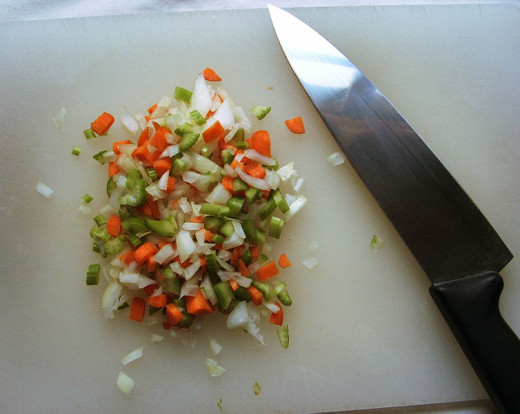
Nutritional and Dietary Values of Celery
Versatile in being able to be eaten hot or cold, celery is a very popular vegetable in the US. It's particularly enviable for its great addition to diets for several reasons.
- Low in calories--1 cup of chopped celery equals only 19 calories, 1 large rib 10 calories
- Makes for an easy snack
- Adds crunch and character to dishes such as stir fry or salad spreads
- Rich in magnesium, potassium and calcium
- Also high in vitamin K and vitamin C (check if okay to add if you're on a Coumadin diet)
- High in fiber--1 g of fiber in 1 large stalk of celery and 2 g in 1 cup of chopped celery
- In terms of carbs, there are 1.9 g in 1 large rib and 3.6 g in a cup of chopped
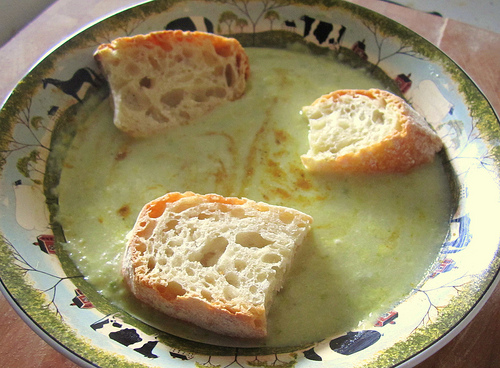
Freezing and Dehydrating Celery
If you happen to get lucky and are able to grow your own organic celery or pick it up at farmer's markets, it's a snap to prep it for freezing or canning. That way, you'll have plenty on hand for cooking.
For freezing or drying, follow these simple steps:
- Separate stalks from root (smaller, paler stalks make great additions to mirepoix or soups but don't forget to use the leaves too)
- Wash and remove any coarse threads
- Trim off ends and cut to 1-inch lengths (or whatever lengths you want that will fit into standard freezer bags)
- Blanch in boiling water for 3 minutes
- Immediately remove and put into an ice bath for 5 minutes
- Let cool 5 minutes--dry
- Place in vacuum sealed bags or freezer bags--freezes for up to 1 year
- Prepare quantities of mirepoix and freeze and seal as above--great time saver
- If drying, prep as above to cutting portion
- Place in dehydrator and dry for 24-48 hours (depending on size of celery pieces and temp of dehydrator)
- You can also dry in the oven in 4-6 hours
- Store dried celery in airtight containers
- Also dry celery leaves and use as you would parsley for added flavor
- Frozen or dried celery should be used for cooking only






